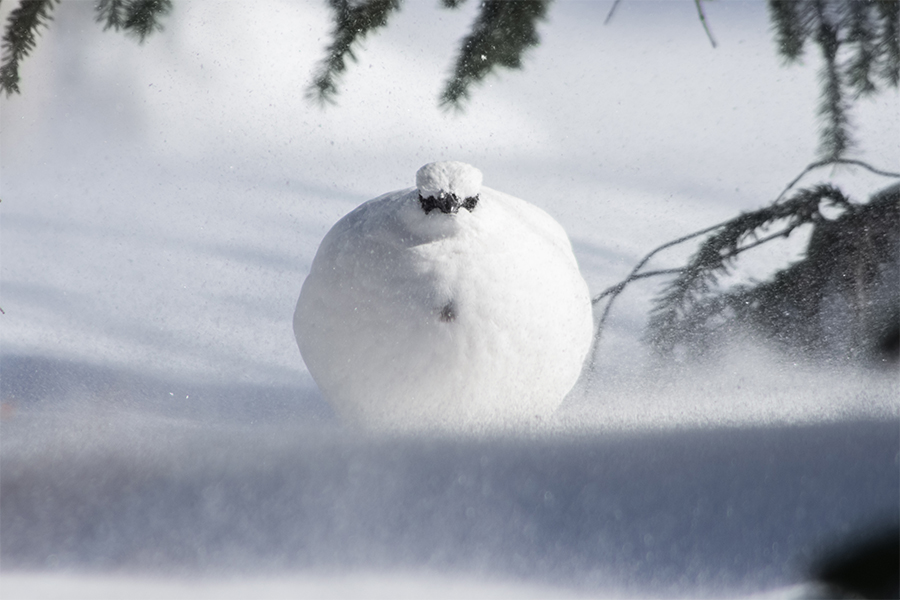
Many kinds of wild birds live from the base of the mountains to the Alpine Belt at a 3,000 m altitude in the Japan Alps. In Kami-kochi, approximately 140 kinds of wild birds have been observed. Particularly special birds are the Ptarmigan or the golden eagle which live in The Alpine belt and face extinction. The Ptarmigan had come to Japan about 20,000 years ago and now only 3,000 birds can be observed. If you climb Mt. Tate-yama, you will have a better chance to witness the diligent Ptarmigan. Lots of wild birds raise babies in the Japan Alps in the summer. In the mountains, singing birds and their parenting can be observed. Make sure that you do not scare them while watching.
Ptarmigan
Special Natural Monument Extinction species IB
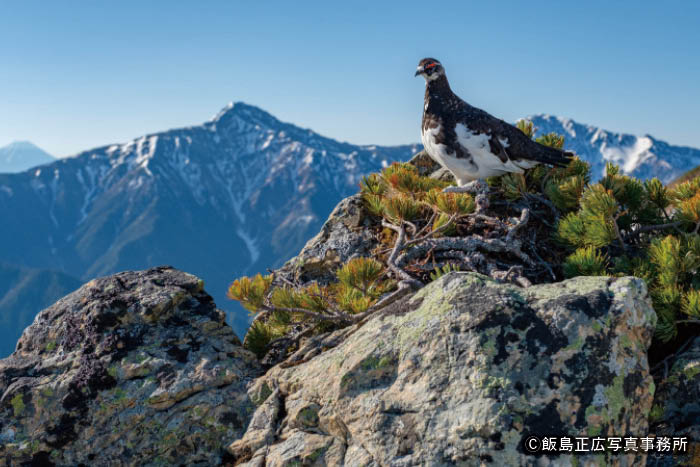
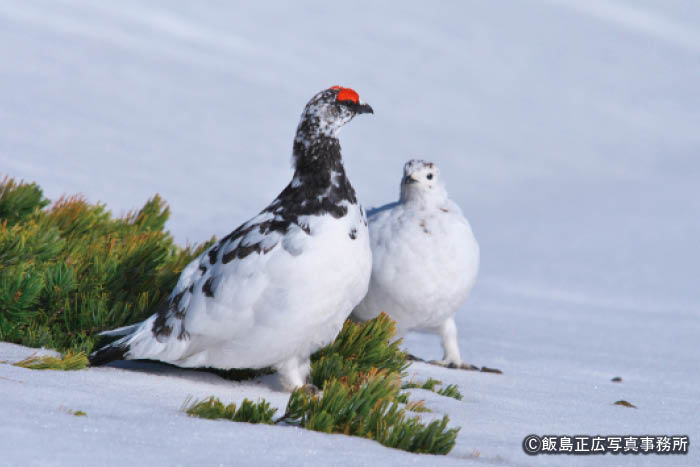
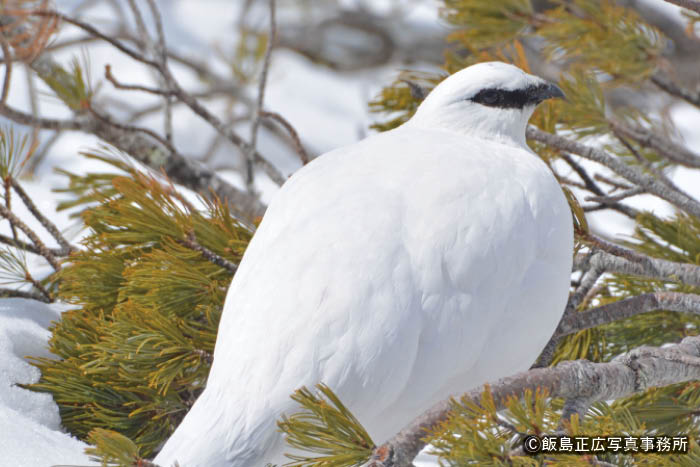
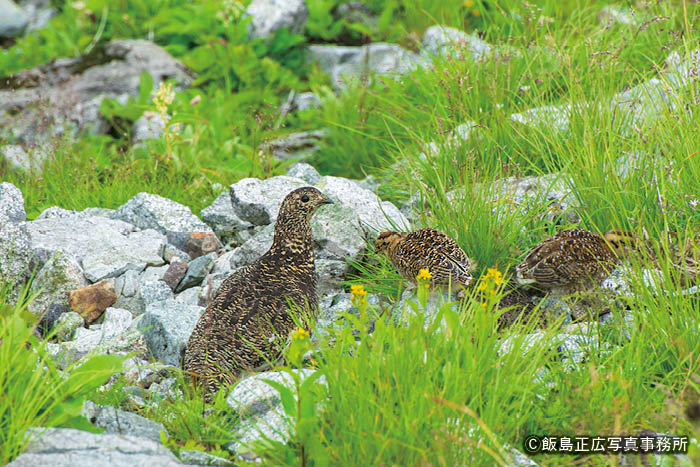
You can watch Ptarmigan in The Japan Alps in the winter, their hair molting to pure winter white because they stay in the mountains even in the winter. Also, you can watch a parent Ptarmigan with a little baby in flower fields only here in Japan. Despite fear of attacks from natural enemies, they protect their babies and raise them. Being able to watch them is a special right for you only, who climb The Japan Alps.
Ptarmigan Short story
They represent wild birds living in high mountains and are recognized as a prefecture bird in both Nagano and Toyama prefectures. 20,000 years ago during the glacier age, they came to Japan and at the end of the glacier age, most of then returned to the continents, however, some of them stayed in The Alpine Belt in Japan and have bred since then.
In Japan, from the Heian era, the Ptarmigan had appeared in poems as “Rai-no-tori” and they were recognized as sacred birds by worship climbers. However, they became targets of hunting in the Meiji era and many of them were killed. Even Walter Weston did hunt them and ate them according to the records.
Hunting was not the only reason for the numbers of the species to have dropped dramatically, however after the Meiji era, and it is said that currently there remain only about 3,000 birds. In addition to that , global warming threatens their existence and they are facing an even bigger risk of extinction.
Golden Eagle
Natural Monument, Endangered Species IB
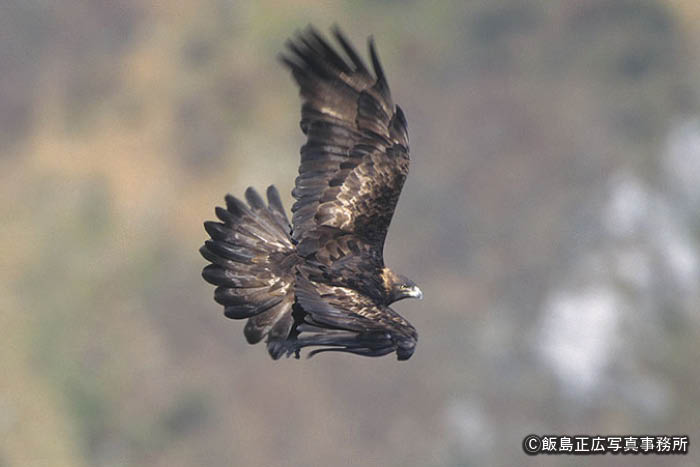
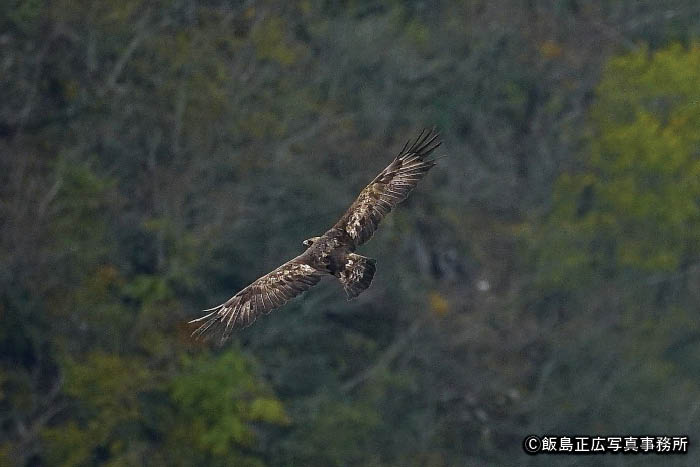
Golden Eagles are raptors representing the Japan Alps. Their diving attacks on prey in fantastic views of the Alpine mountains show why the bird deserves its nickname of giant eagle. There live only 150-200 pairs in Japan and they are an endangered species.
Japanese Accentor
Japanese Endemic Species
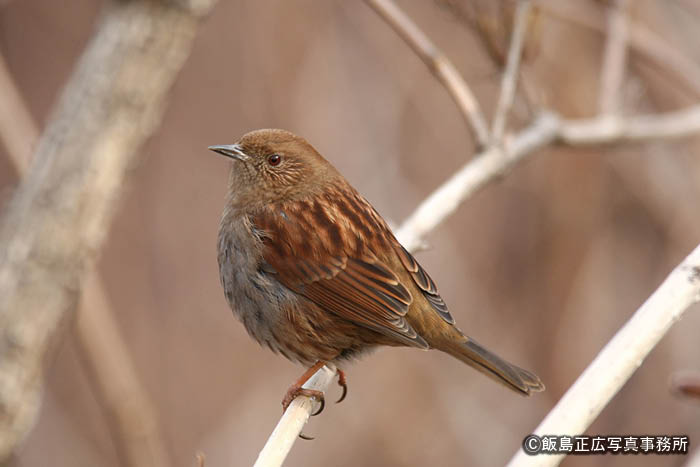
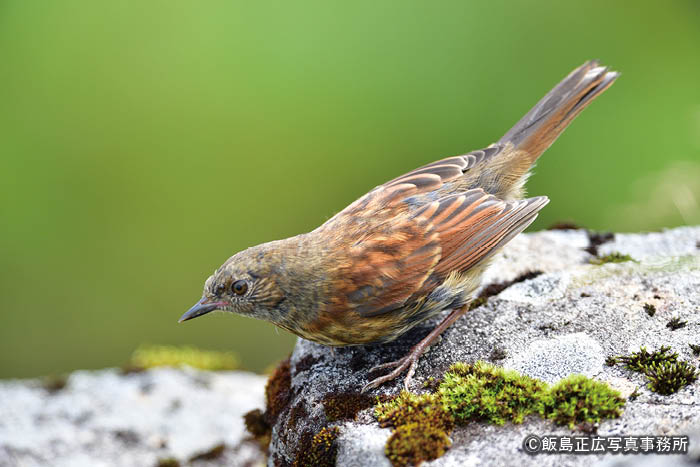
On the main island, they live in forests north of the Chubu area. They live in Pinus Pumilla in the Sub Alpine Belt. They do not come out to open space as much as hedge sparrows do, however, they might be found in Pinus Pumilla, looking for small insects. In winter, they come down to lower mountains.
Hedge Sparrow
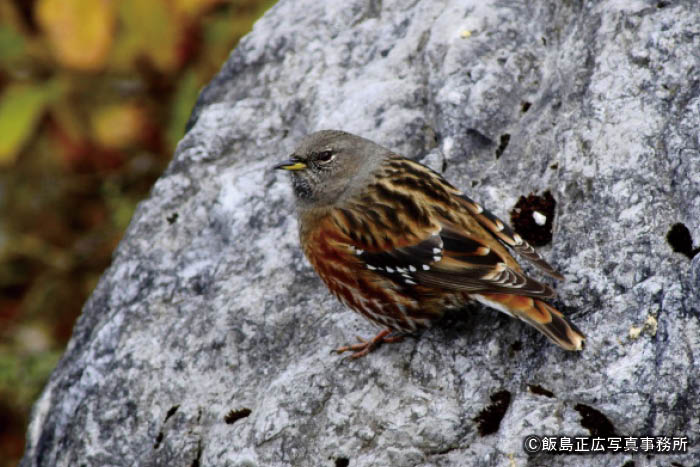
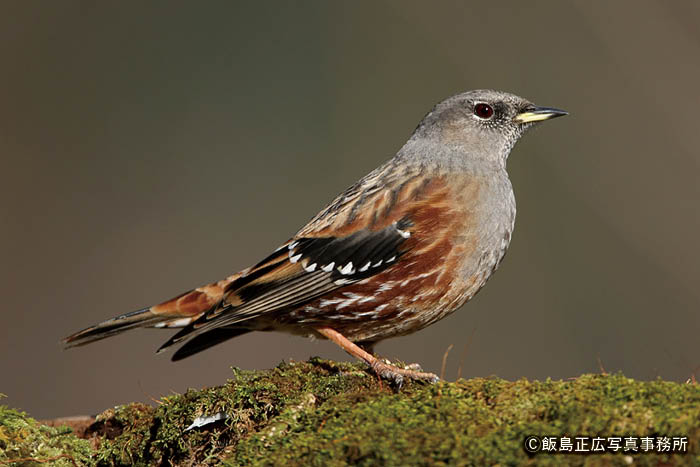
They are plain small birds and can be witnessed in rocky areas above tree lines in summer. In winter, they come down from the mountains, and they might come close to your feet looking for small insects among the rocks.
Nutcracker
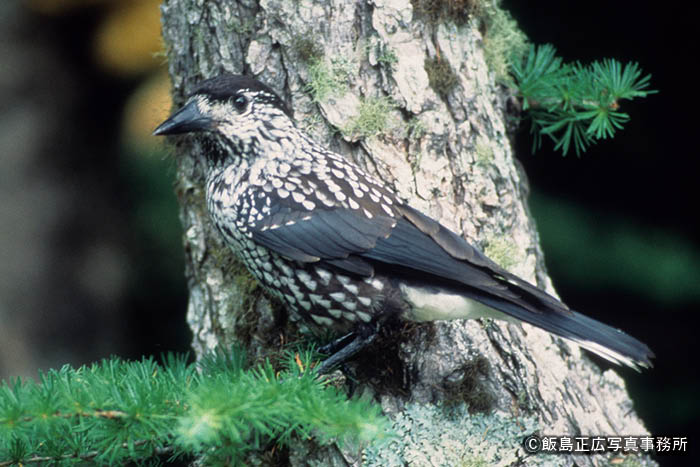
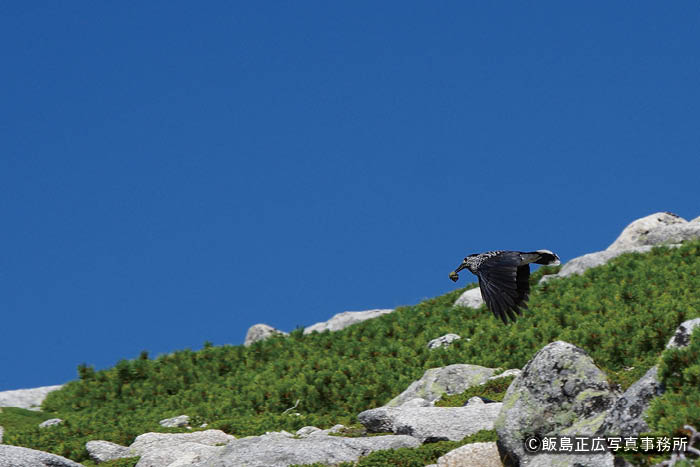
In Japan, they live in the Sub Alpine Belt in the northern Shikoku area. They are small birds the size of swallows. They like pine nuts and eat nuts of the Pinus Pumilla as well. They store nuts and those nuts germinate. In Switzerland, there is the reported case of a forest being cut down and revived in this way.
White-backed Woodpecker
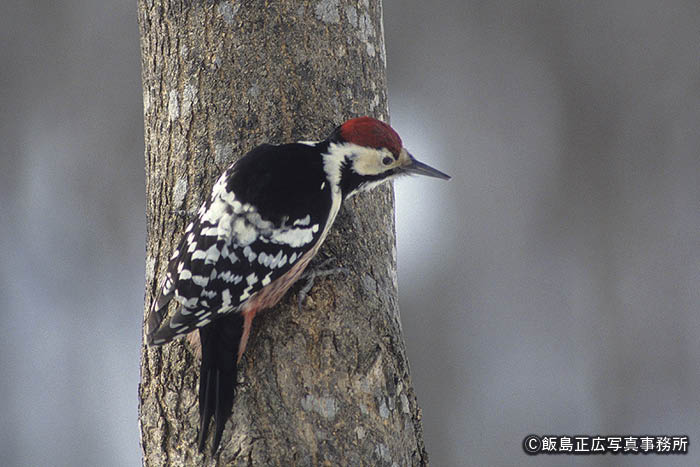
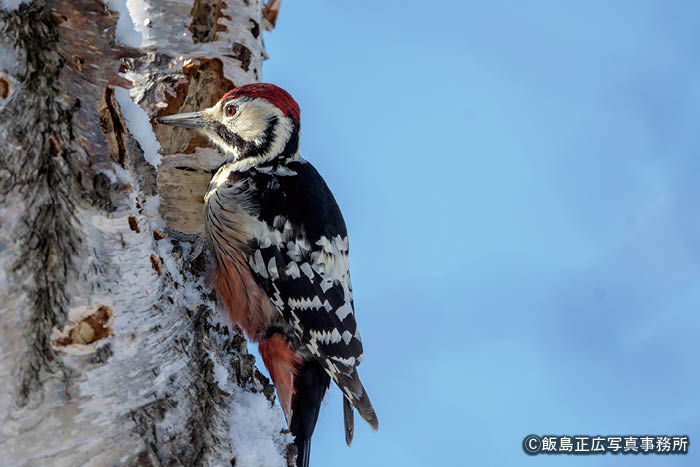
If you hear clicking sounds from the forest, it might be the sound of white-backed woodpeckers looking for insects in rotted trees. If there are holes of a 6-7cm diameter size in giant trees, those holes are the holes drilled by white-backed woodpeckers. You might hear their singing in high-pitched and short sounds. Adult male birds have red feathers on their heads.
Owls
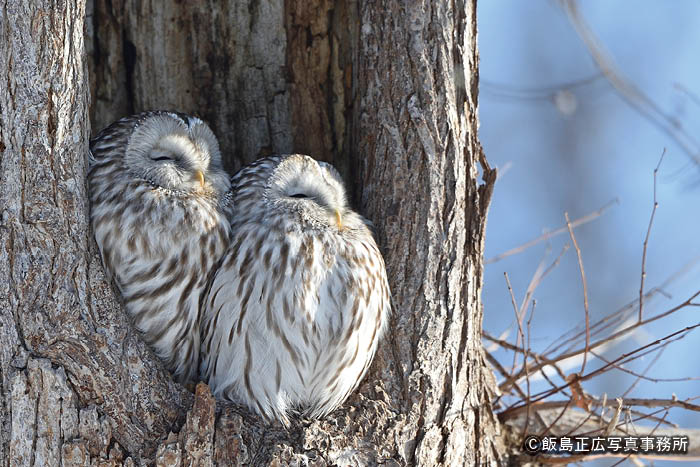
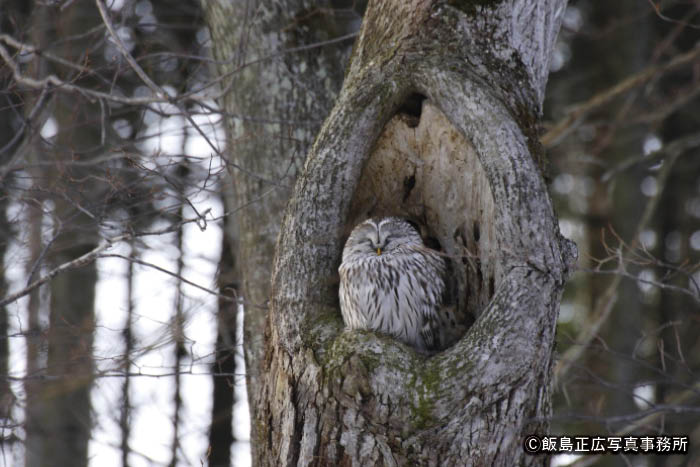
They are nocturnal in habit, however, you might find them sleeping in the daytime. They do not live in the Alpine Belt but in forests from the base of the mountains to the Sub Alpine Belt. They catch prey such as mice at night without even the sound of flapping wings. Please do not be surprised if they turn their heads 270 degrees when you encounter them. Their field of vision is amazingly wide.
Woodcreeper
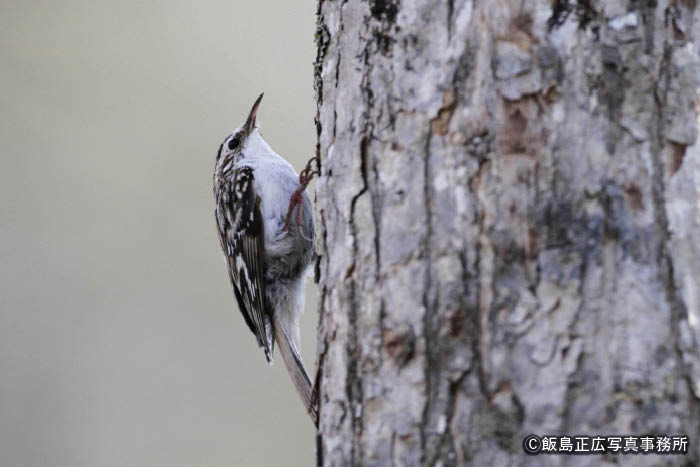
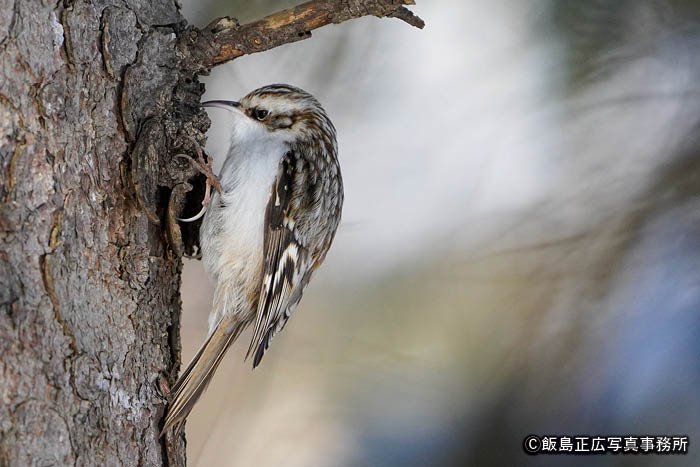
You might find them mainly in coniferous forests from the lowlands to the Sub Alpine Belt. There are only a few of them in existence, so they are hard to find. They put pieces of rotted trees together by using spider nets and create a nest in a ball shape. Their name, “Ki-bashiri” in Japanese, comes after their perching on trees vertically and climbing along the trees.
Cuckoo
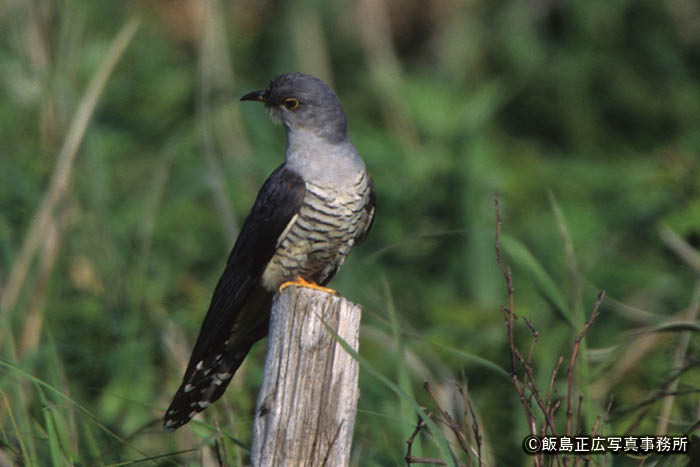
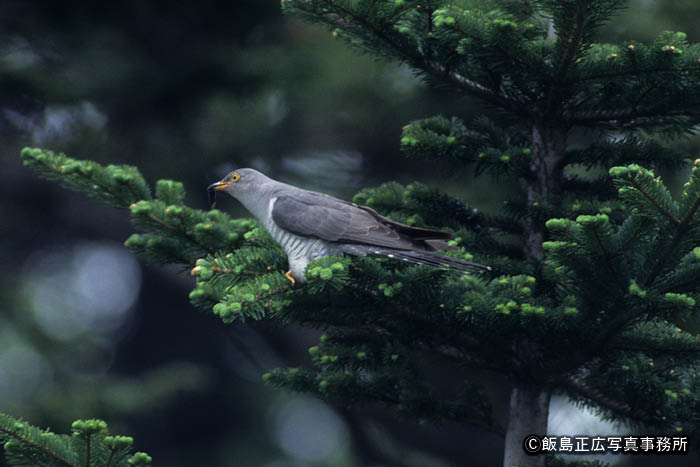
Their voices are noticeable, and you can tell of their existence by hearing their calls even though you might not be able to see them. They are also known for the fact that they lay their eggs in the nests of the great reed warbler. To make the number of eggs in the nest match, cuckoos are so cunning that they steal the eggs of the great reed warblers.
Blue-and-white Flycatcher
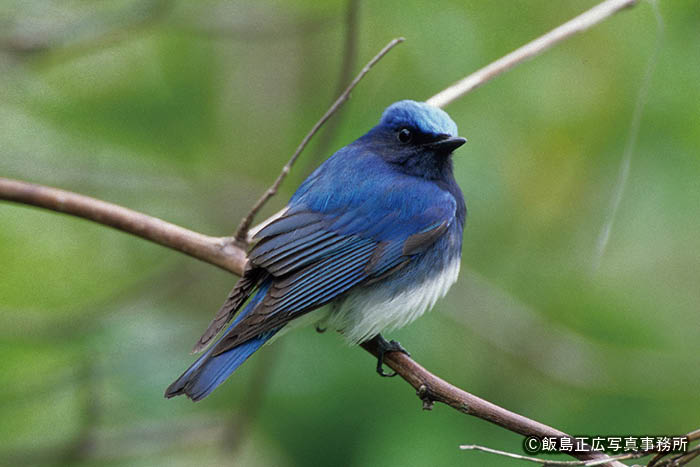
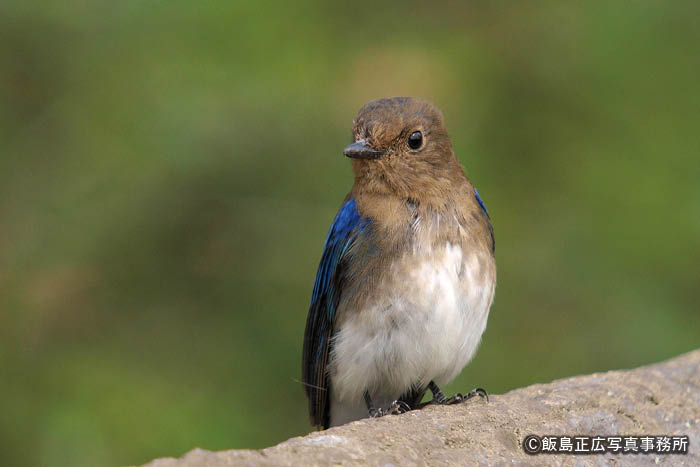
If you see a blue bird singing in a beautiful voice in high trees in summer, they must be blue-and-white flycatchers. They like areas close to torrents and hunt insects. They are one of Japan’s big three singing birds (two others are the nightingale and the robin). They come to Japan around April from the south for parenting.